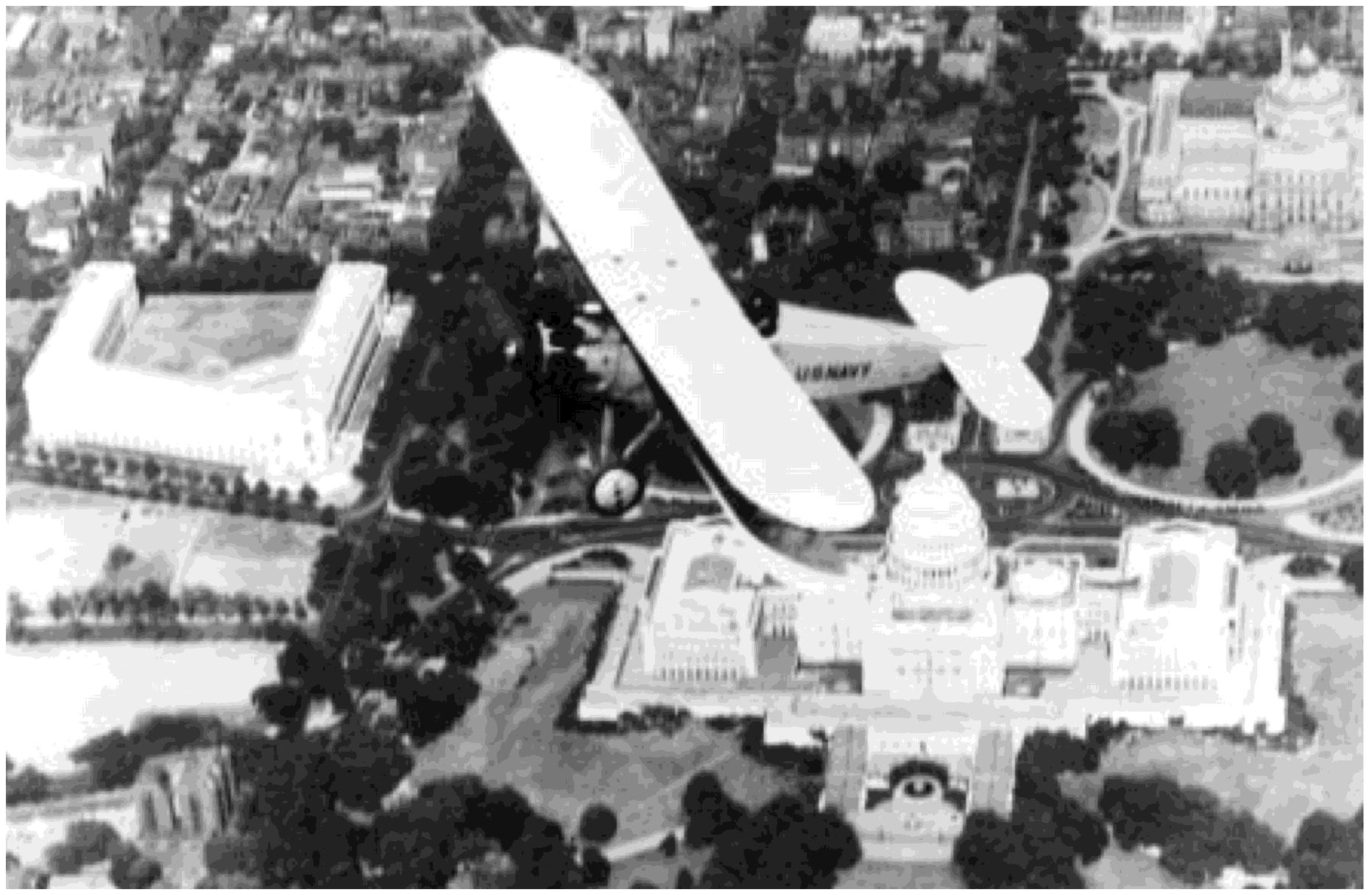
72
UNITED STATES NAVAL AVIATION
1910-1995
1929-Contin ued
Navy for extraordinary achievement in aerial flight
during March 1928 in which he studied the action of
aircraft in violent maneuvers and inverted flight, and
developed and applied principles of operation which
contributed directly to safety in flight and the develop-
ment of more accurate methods of testing the perfor-
mance capabilities of aircraft.
25 May
The race for the Curtiss Marine Trophy, held
at NAS Anacostia, D.C., was won by Lieutenant
William G. Tomlinson in an XF7C-1 with a speed of
162.52 mph.
4 June
Lieutenant Apollo Soucek, in a Wright
Apache equipped with a Pratt & Whitney Wasp
engine, set the new world altitude mark for Class C
seaplanes at 38,560 feet.
11 June
General standards for shielding aircraft
engine ignition, essential to long range radio recep-
tion, were established at a conference held at the
Bureau of Standards. Navy representatives included
Lieutenant Commander Allen I. Price from the Bureau
of Aeronautics and C. B. Mirick and L. A. Hyland from
the Naval Research Laboratory. Basic techniques for
shielding airborne radio from ignition interference had
been developed by a naval radio group at the Bureau
of Standards at the close of World War I and had per-
Soucek in his
Apache dur-
ing the alti-
tude record
f7ight #80-G-
416204
mitted some rather remarkable radio reception.
Although some use of ignition shielding had been
made throughout the 1920s, the results generally indif-
ferent in that adequate shielding had brought with it
undue cost in terms of aircraft maintenance or degra-
dation of aircraft performance. At the June 1929 con-
ference, spokesmen for aircraft, engine and radio
fields and for magneto, sparkplug and cable specialties
considered each other's problems sympathetically in
order to develop practical shielding standards. Within
the next year or so ignition shielding was generally
applied to naval aircraft and a requirement for ignition
shielding was included in the 1932 edition of the
"General Specification for the Design and Construction
of Airplanes for the United States Navy."
9 August
The ZMC-2, a metal clad 200,000-cubic
foot airship built by Aircraft Development Corporation,
made its first flight at Grosse Ile (Detroit) Airport, Mich.
This airship, subsequently delivered to NAS Lakehurst,
N.J., was utilized several years for training purposes.
20 August
Lieutenant Aldolphus W. Gorton, flying a
specially equipped UO-1, made several successful
hook-ons to the trapeze of
Los Angeles
(ZR-3) over
NAS Lakehurst, N.J. Earlier attempts by the same pilot
on 3 July were foiled when the hook failed to operate
after making contact with the trapeze.
 |
26 |
 |